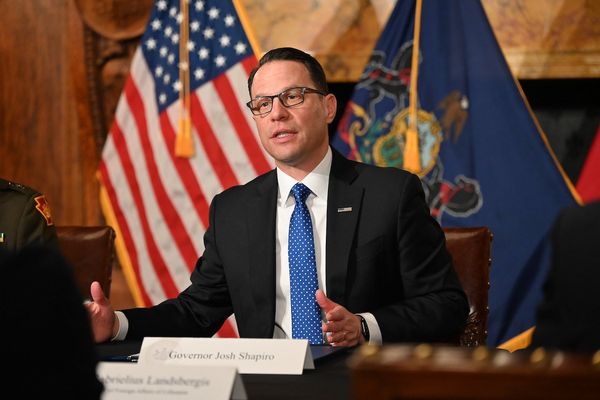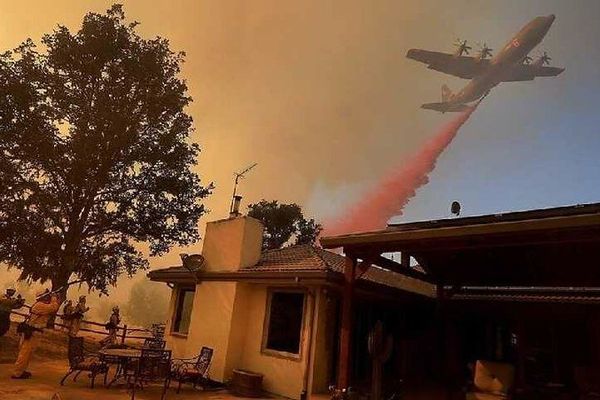
France unveils new high-speed train as U.S. rail ambitions lag behind
France’s newest high-speed train has captured global attention for its sleek design and energy efficiency, fueling questions about why the U.S. still struggles to build similar rail infrastructure.
Claire Elise Thompson reports for Grist.
In short:
- France’s fifth-generation TGV Inoui will begin service in 2026 with 20% more energy efficiency, upgraded accessibility features, and design flourishes that have charmed international audiences.
- In contrast, the U.S. has limited high-speed rail, with Amtrak’s Acela barely meeting the threshold and new projects like California’s public initiative facing delays, underfunding, and political headwinds.
- A private venture, Brightline West, may offer a breakthrough, with plans for a 200 mph line between Las Vegas and Los Angeles, supported by federal funding and expected to open by the 2028 Olympics.
Key quote:
“The way Amtrak is structured, it is charged with doing way too much with way too little.”
— Rick Harnish, executive director and co-founder of the High Speed Rail Alliance
Why this matters:
High-speed rail offers a cleaner, faster alternative to driving or flying, with the potential to cut carbon emissions dramatically. Yet the U.S. remains far behind other industrialized nations in building such infrastructure, constrained by politics, underinvestment, and land-use challenges. France’s TGV and similar systems in China and Japan highlight what’s possible with sustained public support and planning. As transportation accounts for a major share of U.S. greenhouse gas emissions, expanding high-speed rail could ease highway congestion, reduce air pollution, and reshape intercity travel. Without momentum, however, the country risks a less efficient, more carbon-intensive transport future.














